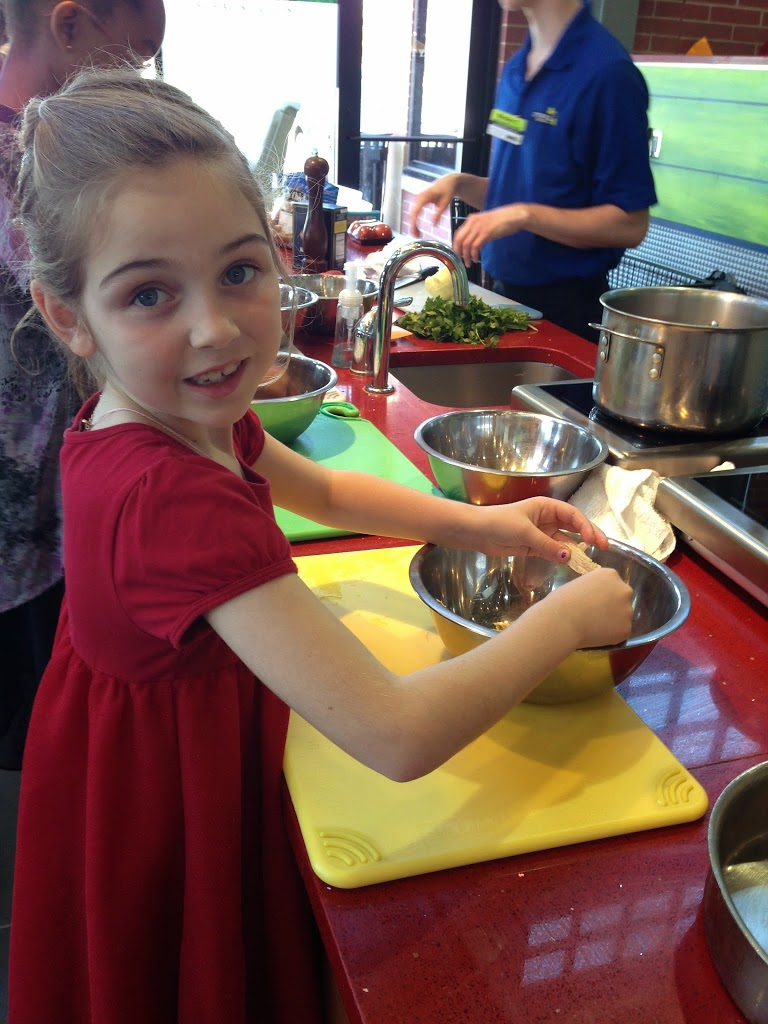5 Tips for a Healthful and Happy Halloween
There are so many fun-filled activities that go along with Halloween. This year we want to help parents incorporate enjoyable experiences for the kids and the entire family. Here are 5 Tips for a Healthful and Happy Halloween.

1. Emphasize the non-food related aspects of the holiday
Emphasize activities over the consumption of sugar-filled treats that are commonly consumed around Halloween.
Examples of non-food related activities that can be done for Halloween include:
- Visiting a local pumpkin patch to pick pumpkins
- Feeding animals then taking a hayride
- Hosting a costume contest
- Decorating for the holiday
- Reading It’s The Great Pumpkin, Charlie Brown
- Watching a spooky movie, such as Spookley the Square Pumpkin
2. Balance
Serve a balanced meal or snack before trick or treating, while sorting through candy and every time you break out leftover candy. This will encourage having these sugar-filled treats in moderation.
Some easy Halloween Snacks to try include:
3. Make it a moving holiday
Help balance out the eating by getting active. Increase activity by having a costume parade, walking door to door to collect candy, have a monster dance party and/or play games like costume tag or bobbing for apples.
4. Avoid Allergies
There are several candies that have nuts or other common allergens in the ingredients. Handout out or having other treats available can be a great option for kids with allergies. Stickers, Play-Doh, applesauce, raisins, temporary tattoos, and spider rings are great alternatives to hand out instead of candy.
5. Pick Favorites
After trick or treating, have your child make a pile of his or her favorite candies to enjoy. Get your child involved and pack up the rest to be donated to a local shelter or send in a care package to those serving overseas.
LN

